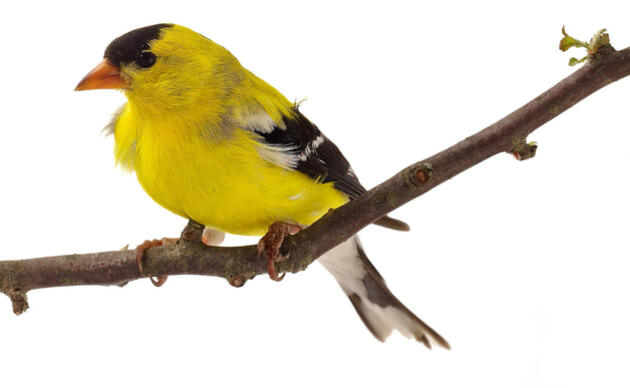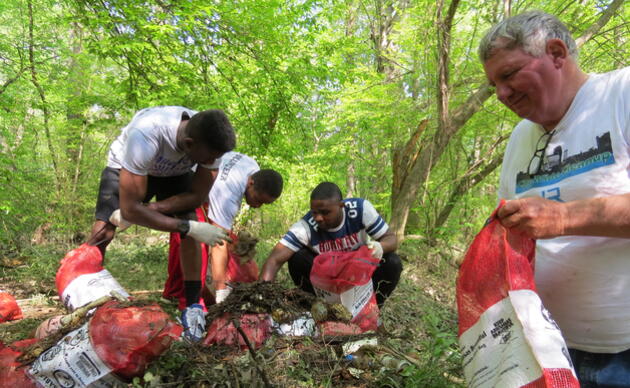By Tristan Baurick. Originally posted on nola.com.
Tropical Storm Cindy struck at a particularly bad time for thousands of shorebirds that had just hatched new families along the Gulf Coast. Hitting last week during the peak of nesting season, the storm's powerful winds and waves washed away at least half of the nests and chicks on beaches from Florida to Louisiana, according to the National Audubon Society.
Some of Louisiana's nesting colonies suffered "a one-two punch" of floodwaters before and during Cindy, said Erik Johnson, Audubon Louisiana's bird conservation director. Terns, plovers and other birds that nest on low-lying beaches were especially battered. Many chicks were too young and fragile to escape flooded beaches.
The devastation from even a sub-hurricane status storm such as Cindy illustrates the fragile nature of Louisiana's disappearing coast. Global climate change is blamed for more frequent and more intense flooding along the gulf. The flooding, combined with sea level rise, habitat loss, saltwater intrusion and subsidence, leaves shorebirds with a bleak future.
One bright spot was found on Elmer's Island, where the survival rate for shorebirds was higher than much of the coast, presumably thanks to a recent beach restoration project. Completed in March, the Caminada Headlands project rebuilt a 13-mile stretch of eroded coastline between Bayou Lafourche and Elmer's. The new sand drew droves of nesting least terns, a federally listed "bird of conservation concern." With 700 pairs counted on the island in May, Elmer's was easily the largest tern nesting colony on the Louisiana coast.
Large sections of Elmer's restored beach stayed above water during Cindy. Johnson said 33 percent of the nests survived. That's not great, but much better than other parts of the coast. Important nesting sites on Grand Isle and Cameron Parish "were a total loss," Johnson said.
Elmer's "was the exception on the coast, and really goes to show how important these restoration projects are," he said.
Terns might try to revive their nests again, but Wilson's plovers, a type of coastal wading bird, will likely skip this year. Plovers lost about 90 percent of their nests during late April and early May flooding along the Louisiana coast, the Audubon Society said.
If they laid eggs now, the chicks wouldn't be ready to fly until well after their July migration. "They had a rough season," Johnson said.



